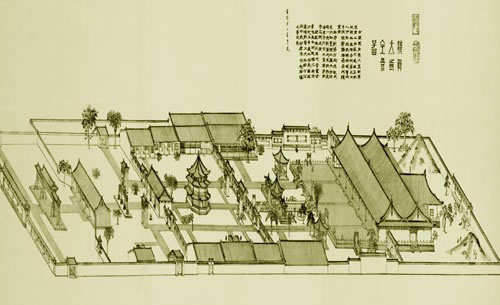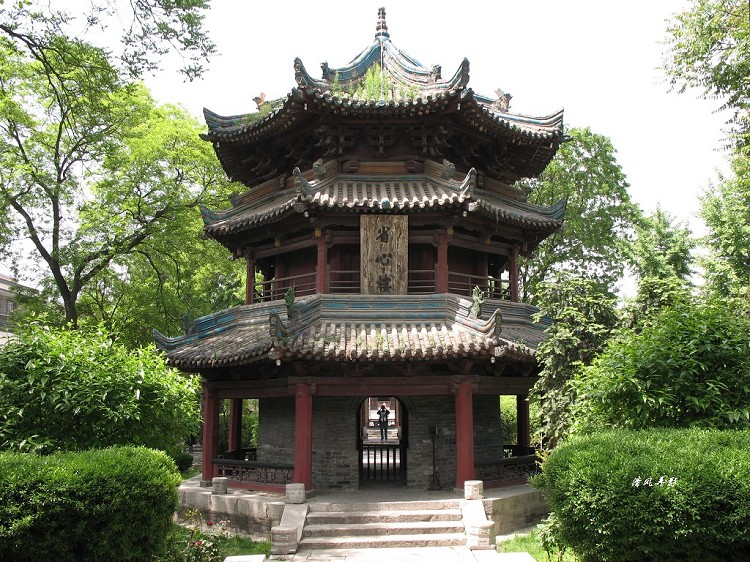大清真寺
The Great Mosque of Xi'an is the oldest and one of the most renowned mosques in the country. It was founded in 742 during the Tang Dynasty (618-907). However, much of the current Great Mosque of Xi'an was built during the Ming Dynasty and expanded during the Qing Dynasty.

The Great Mosque of Xi'an has been renovated at different times, especially during the reign of Emperor Hongwu of the Ming Dynasty. It is a major tourist site in Xi'an and is still used by Chinese Muslims (mainly the Hui minority) as a place of worship. Unlike most mosques in the Middle East or Arab countries, the Great Mosque of Xi'an is completely Chinese in its construction and architectural style, except for some Arabic decorative elements. The mosque has neither traditional domes nor minarets.

Covering an area of more than 12,000 square meters, the Great Mosque is divided into four courtyards, is 250 meters long and 47 meters wide. Laid out like a garden, it provides a sense of serenity as one progresses through the area. The first courtyard contains a nine-meter-high wooden arch covered with glazed tiles dating back to the 17th century. In the center of the second courtyard, a stone arch stands with two steles on either side. One of them is the writing of a famous calligrapher named Mi Fu from the Song Dynasty. The other is by Dong Qichang, a calligrapher from the Ming Dynasty. Their calligraphy is considered a great treasure due to its elegant and powerful characters. At the entrance to the third courtyard is a hall containing many ancient steles. When visitors enter this courtyard, they see the Xingxin Tower, a place where Muslims come to attend religious services. A phoenix is placed in the fourth courtyard. The main pavilion of the mosque contains the prayer hall. The enclosing walls are covered with colorful drawings. This hall can easily accommodate 1000 people and, according to traditional custom, prayer services are held five times a day: at dawn, noon, afternoon, dusk, and night.
